Introduction to Sedum
Behold the sedum, a group of plants that champions resilience and splendor in the face of gardening adversities. Coveted by gardeners for their tenacity, these perennials dot landscapes with a medley of textures and hues. Robust yet elegant, sedums – often called stonecrops – are synonymous with adaptability, with a profound ability to take root in a smorgasbord of soils. But can they stand up to the challenge of clay soil, known for its unyielding, compact nature? Let’s delve into this botanical conundrum, unveiling sedum’s potential in an environment that often spells doom for lesser plants.
A trip through any thriving garden will likely introduce you to the sedum family, a testament to their popularity and ease of care. Each variety, from the cheerful ‘Autumn Joy’ to the ground-hugging ‘Dragon’s Blood’, brings its own brand of rugged charm to the tableau. If you’re new to sedums or simply seek proven strategies for growing these jewels, our tips for a flourishing perennial display can serve as your compass. They are, after all, a cornerstone of sustainable gardening, asking little but offering much in their year-round display of tenacity and beauty.
Accolades for sedum often hail from their drought tolerance and their seemingly mystical ability to prosper in lean, rocky beds. Yet, an inquiry looms large: how do they fare when faced with the dense embrace of clay soil? Imagine, for a moment, the roots of a sedum plant as miniature pioneers, wriggling through the earthen labyrinth with a tenacious spirit that belies their delicate foliage. To witness the sedum in such a setting is to witness a botanical ballet, a dance of determination that breathes life into an otherwise inhospitable land.
For those visual learners itching to translate this prose into practice, feast your eyes on this engaging , a treasure trove of insights into nurturing sedum growth in your garden oasis.
The sedum’s tale in clay soil begins with an understanding of their fundamental nature. Clay, notorious for its poor drainage and propensity to waterlog, is often shunned in favor of sandier, more forgiving substrates. Yet, what if the resilient sedum could defy conventional wisdom, taking clay’s clenched fist and softening its grip to allow for growth and even prosperity? This question propels us into our exploration, beckoning an answer that may illuminate new possibilities for your garden’s clay patches.
Understanding Clay Soil Characteristics
When we dive beneath our lush gardens and pry apart the mysteries of the earth, we encounter an array of soil types, each with its own set of quirks and features. For the enthusiastic gardener, clay soil often bears the reputation of the unruly child of the soil family. It’s heavy, dense, and can feel almost unworkable at times, with its penchant for water retention that greets roots with a sopping, sticky embrace. Here we stand, waterlogged garden gloves in hand, facing the eternal question: “Can sedum grow in clay soil?”
Let’s get our hands dirty and break it down. Clay soil particles are minuscule and compact, squeezing together to form a tight-knit community that’s as welcoming as a club with an exclusive guest list. The soil’s packed nature means water is a long-term guest, overstaying its welcome, causing root breathability to be as challenging as a deep-sea diver in a kiddy pool. Despite that, clay is a fertile fellow—rich in nutrients and eager to sustain plant life—if only roots can withstand the sobbing ground’s close embrace.
Cue a real-life tale from a fellow mud-wrestler: “I once thought my garden was cursed by the sticky fingers of clay, but Lo! I learned to appreciate its nutrient-rich clasp,” chuckles Mabel, a green-thumb neighbor, “My irises and astilbes throw a garden party, and clay soil’s sending out the RSVPs.” So, soil texture matters for plant health, much like a firm mattress to a restful night’s sleep.
But, plants vary in their need for space and air—sedum included. If you’re on the hunt for a hardy succulent friend that can cope with clay’s quagmire, you’re barking up the right garden path. Notorious for their “I’ll grow where I please” attitude, sedum plants possess the moxie to flourish amidst clay’s clammy clutches. Their secret lies in their succulent nature—storing water and nutrients like a camel in a verdant desert.
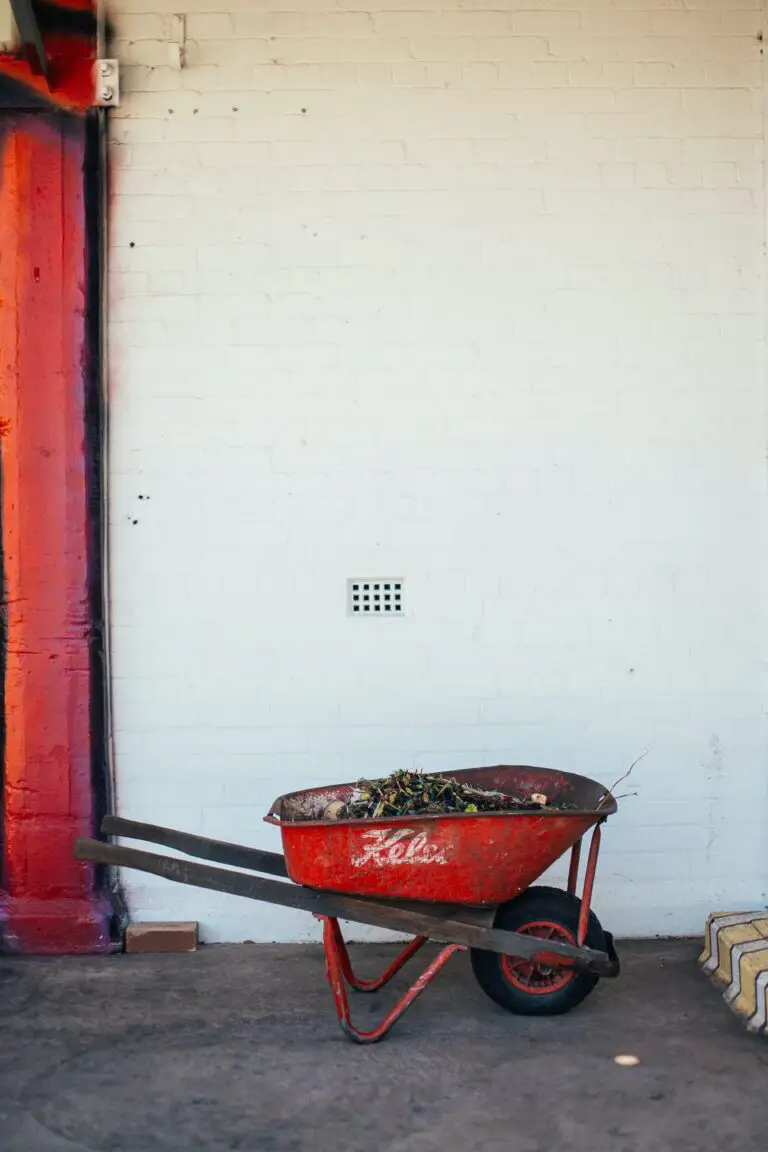
Amending clay soil to make it hospitable can seem like an act of alchemy reserved for cloaked wizards, but it’s within the abilities of us mere mortals. If you wish to transform your garden into a sedum sanctuary, consider venturing down the rabbit hole of soil texture amendments and plant health to unearth a trove of transformative tips designed to woo those stubborn grains into releasing their stranglehold.
As a takeaway: The paradox of clay is that it is both a fortress and a feast. It encases roots in an iron grip, yet offers them an abundant spread of nutrients. To dance with clay soil is to embrace its contradictions, aerating and amending, until, like an awkward slow dance in middle school, you find the rhythm and land on the beat. The stately sedum, ever adaptive, can indeed rise above this soiled battleground, staking its claim and proving resilience can bloom even in the thickest of muds.
Pros and Cons of Planting Sedum in Clay
When it comes to choosing the perfect spot for your sedum, clay soil might not be the first candidate that springs to mind. But hold your horses! This resilient little plant might just surprise you with its ability to adapt to the dense and often unrelenting nature of clay. Let’s dig in and see what planting sedum in clay soil brings to the garden table.
First off, the texture of clay soil does have its advantages. It’s akin to throwing a garden party and the clay soil ensures everyone sticks around to enjoy the festivities – in other words, it’s exceptional at water retention. This means that after a shower, your sedums sip on the moisture content they adore at a leisurely pace, making droughts less stressful for both garden and gardener.
However, it’s not all sunshine and rainbows. The same characteristic that locks in moisture like a vault can be a double-edged sword. During periods of heavy rain, clay can hold onto water too fiercely, becoming soggy real estate that challenges the sedum’s preference for well-drained domiciles. Plus, its compactness can be a hurdle for the roots that seek freedom to roam and expand.
Moving on to the potential drawbacks, clay soil can make the sedum’s roots feel like they’ve hit a wall, leading to a life somewhat claustrophobic. This soil type can be hard to work with, often requiring the strength of a seasoned gardener to refine it into a more accommodating environment for the spreading joy that sedums are known for.
Despite these challenges, sedums are known for their tenacity. With a little effort—like amending the soil with organic material to improve its structure and drainage—sedums can take on the clay gauntlet and emerge victorious. It’s not a matter of “can they grow?” but rather “how can we help them thrive?” And for those seeking further guidance on succulent care, there are plenty of resources to transform your green thumb into a sedum-whispering sage.
In conclusion, while growing sedum in clay soil comes with its fair share of challenges, it’s far from a lost cause. With their natural tenacity, and your garden savvy, sedums could very well defy the clay odds and flourish.
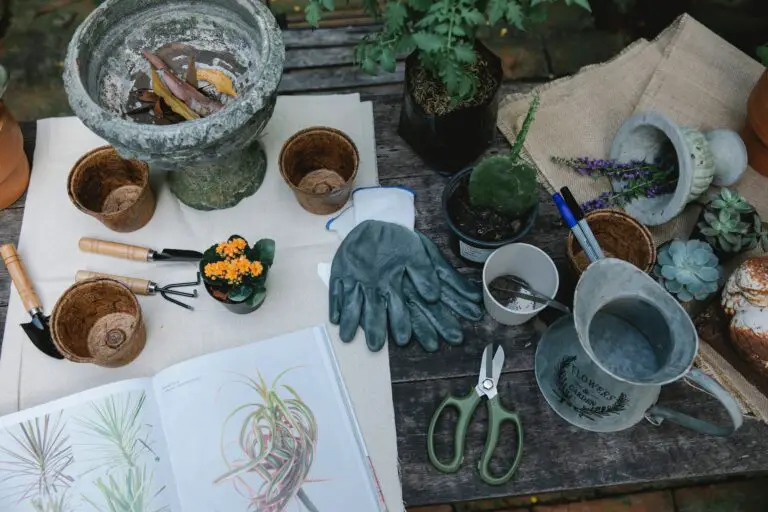
Optimizing Clay Soil for Sedum Growth
Imagine you’re embarking on the gratifying journey of cultivating sedum, those resilient, eye-catching succulents that promise to be the emerald jewels of your garden. Now, picture the thick, heavy clay soil that stands between you and your vibrant sedum sanctuary. Fear not, green-thumbed pioneers, for clay is no match for your gardening prowess! Let’s roll up our sleeves and delve into the transformation of unwelcoming clay into a sedum paradise.
The first step is busting the myth that clay soil is a plant’s nemesis. Sure, it’s dense and can be as stubborn as a mule, but with a sprinkle of ingenuity and elbow grease, it can become a nurturing home for your sedum. Think of it as a pottery project where you are the artist, and the clay soil is your dynamic medium, ready to be sculpted into perfection.
Improvement numero uno: structure! Aerate your clay canvas by incorporating organic matter. Envision a symphony where decaying leaves, compost, and well-rotted manure come together, playing the sweet melody of soil amendment. These organic virtuosos loosen the clay, fostering porosity and creating a more accomodating texture.
Now, let’s talk drainage—the arch-nemesis of waterlogged roots. By adding gritty materials, such as sand or fine gravel, we stage an intervention for trapped water. Creating raised beds is also a smart move, lifting your sedum to drier realms. Let me give you a real-life tidbit: a fellow gardener once transformed her squishy backyard into a succulent haven with raised beds, and now her sedum thrives, reaching for the sky like botanical skyscrapers!
Here’s a pro tip that’ll make your neighbors green with envy: The magic of mulch. It does not just insulate your beloved plants; it continues the grand tradition of improving soil health by breaking down over time. When mulch decomposes, it feeds your sedum’s roots, maintaining the perfect balance of moisture and aeration.
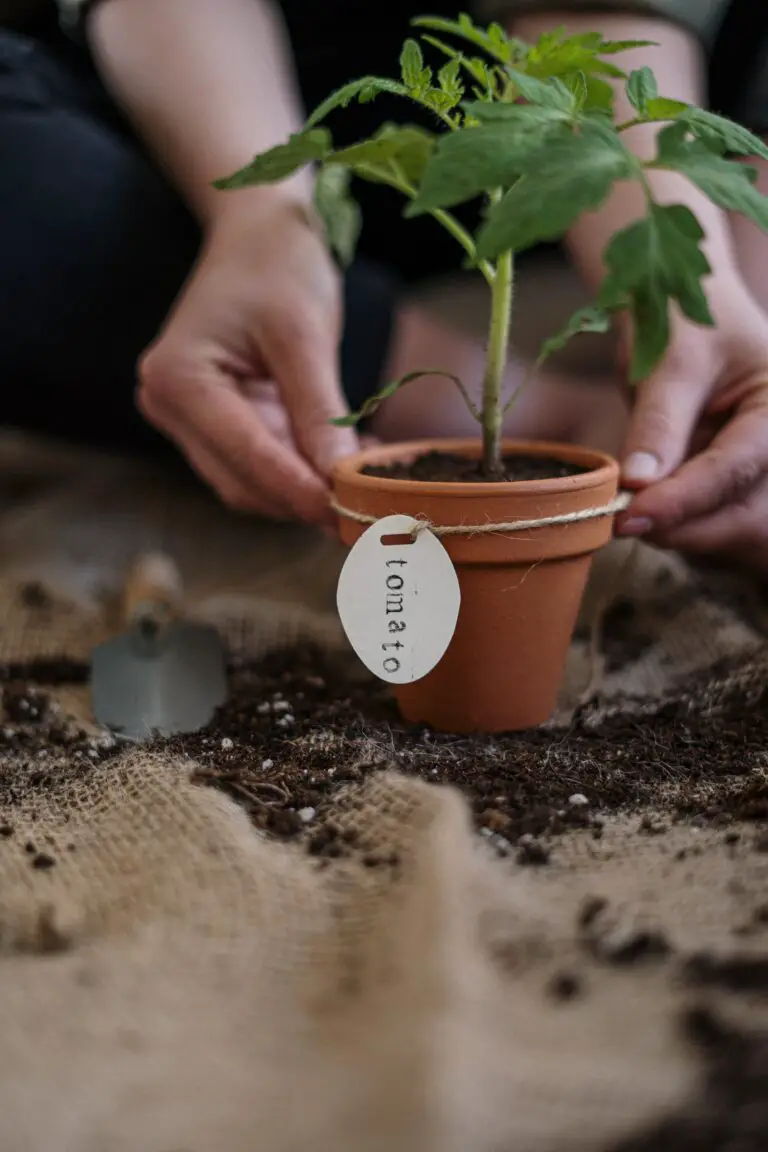
As you embark on this transformative journey, remember to be patient. Soil doesn’t reinvent itself overnight, but with consistent care, your clay will be teeming with life. Each amendment you make is a step closer to the lush, verdant sedum garden you’re dreaming of. So, keep nurturing your soil, and soon enough, it will nurture your plants back.
Choosing the Right Sedum Varieties for Clay
If you’ve been wrangling with a garden that’s more clay than Capistrano, you know the struggle. Clay soil can be tough going for many plants; it’s dense, it’s sticky, and it holds onto moisture like a sponge. But before you throw in the trowel, let’s dig into a group of rugged plants that can handle this challenge with aplomb—sedum. These succulent stars are not just survivors; they can truly thrive in the heavy and oft-maligned clay soil that leaves other plants wilting in despair.
Imagine sedum as the all-terrain vehicles of the plant world. There’s a variety to suit just about every condition, and clay is certainly on their map. These plucky plants have a kind of botanical superpower. They boast fleshy leaves that store water, giving them the upper hand in conditions that would leave lesser plants gasping. Among the sedum crowd, there are those that stand out as clay-conquering champions.
Take, for example, Sedum ‘Autumn Joy,’ a robust variety with dusty pink flower heads that explode into brilliant starbursts come fall. It’s as if they’re celebrating their conquest of the challenging soil beneath them. Then there’s Sedum spectabile ‘Brilliant,’ which stays true to its name with bright pink blossoms—a stark and beautiful contrast to the dense clay below.
The key to their success in such tough soil conditions lies in their hardy root systems. They can stretch and break through the densest of clays, establishing strongholds where other plants dare not thread. It’s a coup for gardeners grappling with heavy soils; sedum plants are natural allies in the quest to cultivate beauty in the face of adversity.
Now, sedum’s versatility doesn’t end with their toughness. Some varieties, like Sedum rupestre, offer a more delicate touch with needle-like foliage that forms cascades of greenery. Others, such as Sedum acre, spread a carpet of golden flowers when given the chance to put down roots in clay’s challenging embrace.
Let’s take a moment to appreciate an unsung hero of the sedum family thriving in clay conditions: Sedum telephium. This hard-nosed performer may not have the flashy name recognition of its siblings, but plant it in clay, and watch it grow with a determination that’s nothing short of inspiring. Each sedum brings a unique twist to the garden, a personal victory over the trials of clay.
But why take my word for it? Observe these sedum varieties at the forefront of the battle, turning what might be considered a gardener’s plight into a showcase of resilience and beauty. And if you’re willing to give these clay-crushing warriors a place in your garden, you might just find that clay soil isn’t such a persistent foe after all—I promise, your shovel will forgive you.
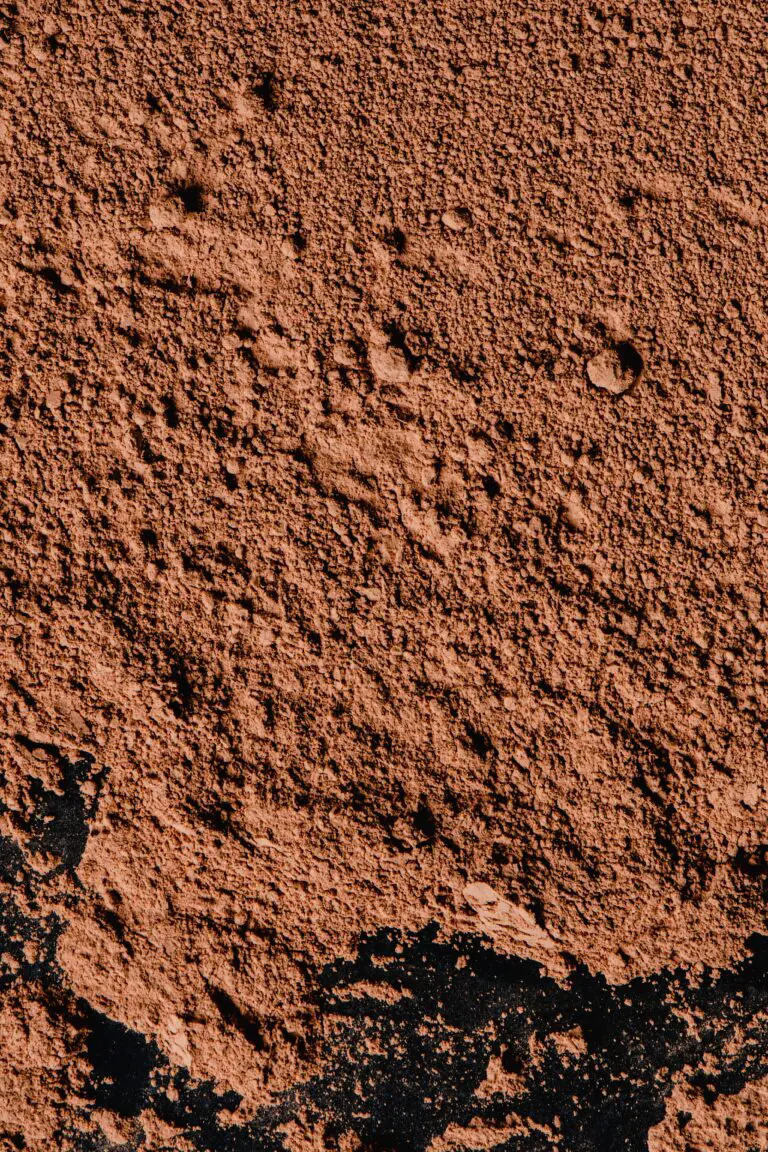
Planting and Maintenance Strategies for Sedum in Clay Soil
Are you wrestling with the stubbornness of clay soil in your garden? You might be surprised to learn that sedum can be your plucky green champion, but only if you know the right moves. In this segment, we’ll cover the insider strategies to help sedum not just survive, but thrive in your clay soil garden.
Deciphering the Optimal Depth and Spacing for Sedum
When it comes to planting sedum in clay soil, think of it as a strategic game where depth and spacing are crucial moves. Start with creating a home for your sedums that is about as deep as the container they came in. But here’s the real secret—provide them with ample room to spread their roots without crowding. Aim for a spacing of about 6 to 8 inches apart, giving each plant its own territory to flourish.
Let’s be real—nobody wants to live in a cramped apartment, and sedums are no different. They need their space to breathe and expand like a yogi stretching at sunrise. Planting them too close in clay soil can be like holding a dance party in a closet—you’re just setting yourself up for trouble. Give them room, and watch as they repay you with lush, vibrant growth.
Nurturing Sedum to Success
Caring for sedum in clay soil is like maintaining a friendship—it requires regular check-ups and a bit of TLC. For starters, resist the urge to over-water. This plant is the camel of the garden, storing water in its leaves and thriving on neglect. Water them just enough to keep the soil from becoming bone dry, and you’ll have a happy, drought-resistant buddy.
When the rains come, and the soil holds moisture like a sponge, sedum will need your help. Consider amending the soil with gravel or sand to improve drainage because ‘waterlogged’ is not a term any plant fancies. Also, give them a haircut in spring to promote new growth, because even plants enjoy a fresh look now and then. And don’t forget to feed them once a year with a balanced fertilizer, to give them the energy for that summer growth spurt.
Remember the story of the gardener who transformed her clay soil garden into a sedum sanctuary? She mixed organic matter into the soil every fall, without fail, and was rewarded with a stunning display of resilience and beauty. This could be your story too, with a little patience and the right care.
Now, how about seeing these tips in action? Check out this informative video on how sedum defies the odds and establishes itself in challenging clay soil environments:
Common Challenges and Solutions
Picture this: you’ve selected a vibrant array of sedum plants, eager to create a stunning, low-maintenance garden. Yet, the reality of your stubborn clay soil soon hits, and you find yourself grappling with challenges that seem to turn your green-thumb dreams to mud. But fear not! With a bit of grit and the right knowledge, sedum can indeed thrive even in clay-heavy terrain.
The first hurdle is often waterlogged roots. Clay soil, notorious for its poor drainage, can hold onto moisture like a sponge, making it difficult for plants like sedum that prefer drier conditions. To conquer this, imagine elevating your garden’s game—literally. By constructing raised beds or incorporating organic matter such as compost or leaf mold, you encourage improved drainage, giving your sedum the well-draining environment it craves.
Soil compaction is another common foe, as clay soil can become as tight as a packed audience at a rock concert, leaving little room for air or water to circulate. But just like cheering for an encore, there’s a solution that can revive your garden’s vitality. Regular aeration, by using tools such as a garden fork to gently loosen the soil, can create pockets of space for roots to spread out and breathe.
Embrace the textured tapestry that nature provides. You can intersperse your sedum with plants that are natural soil improvers, such as legumes, which help to break up heavy soil and add valuable nutrients. Think of these plant partnerships as a dynamic duo, working together to create the perfect setting for growth.
Lastly, keep in mind the sedum’s resourceful nature. In the wild, these resilient plants grow in rocky crevices and on sheer slopes where other plants would falter. Channel this adaptability by creating a clay-busting mix of gravel or coarse sand that lets roots anchor with ease and ensures adequate water runoff. Your sedum will repay your efforts with lush growth that defies the odds.
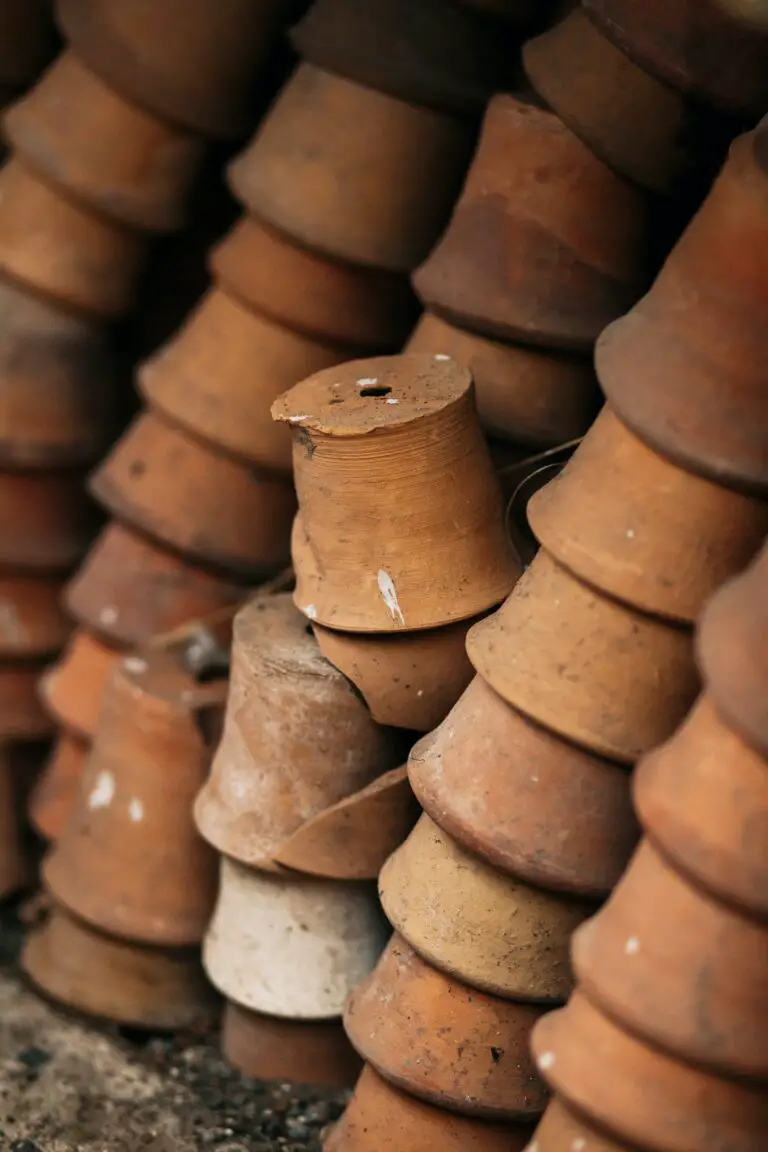
Rising to the challenge of growing sedum in clay soil is not only possible but also highly rewarding. By adjusting your gardening tactics to suit these hardy succulents, you’ll find that even the most unyielding clay can become a flourishing foundation for your sedum sanctuary. Remember, it’s about working with what you have and turning perceived obstacles into stepping stones for gardening success.
Success Stories: Sedum in Clay
In the pursuit of vibrant gardens, clay soil has often been deemed the villain, a relentless adversary that hobbyists and seasoned gardeners alike struggle to conquer. Yet, through the triumphs of green-thumbed enthusiasts, we’ve gleaned valuable insight that sedum doesn’t just survive in clay soil—it can, indeed, thrive. Let’s delve into the tales of those who have turned this gardening challenge into a success story.
Emma, a passionate gardener from Oregon, recounts her initial skepticism. “I heard sedum was resilient, but clay soil in my backyard was like pottery waiting to be fired,” she explains. Armed with determination and researched techniques, Emma set forth to condition her soil with organic compost and sand to enhance its drainage. Much to her delight, she witnessed an astonishing transformation—her ‘Autumn Joy’ sedum burst into a spectacle of rich hues, standing tall despite the heavy earth that once seemed unforgiving.
Another success story hails from the humid regions of Georgia, where James, an urban gardener, faced the sticky dilemma of his clay-laden garden plot. Instead of giving into defeat, James opted for a raised bed approach, tailoring the soil mixture to accommodate the needs of his sedum varieties. “It was a game-changer,” he gleefully notes. “With a blend of natural soil, compost, and a smidgeon of perlite for aeration, my sedum collection is not just growing—it’s flourishing.”
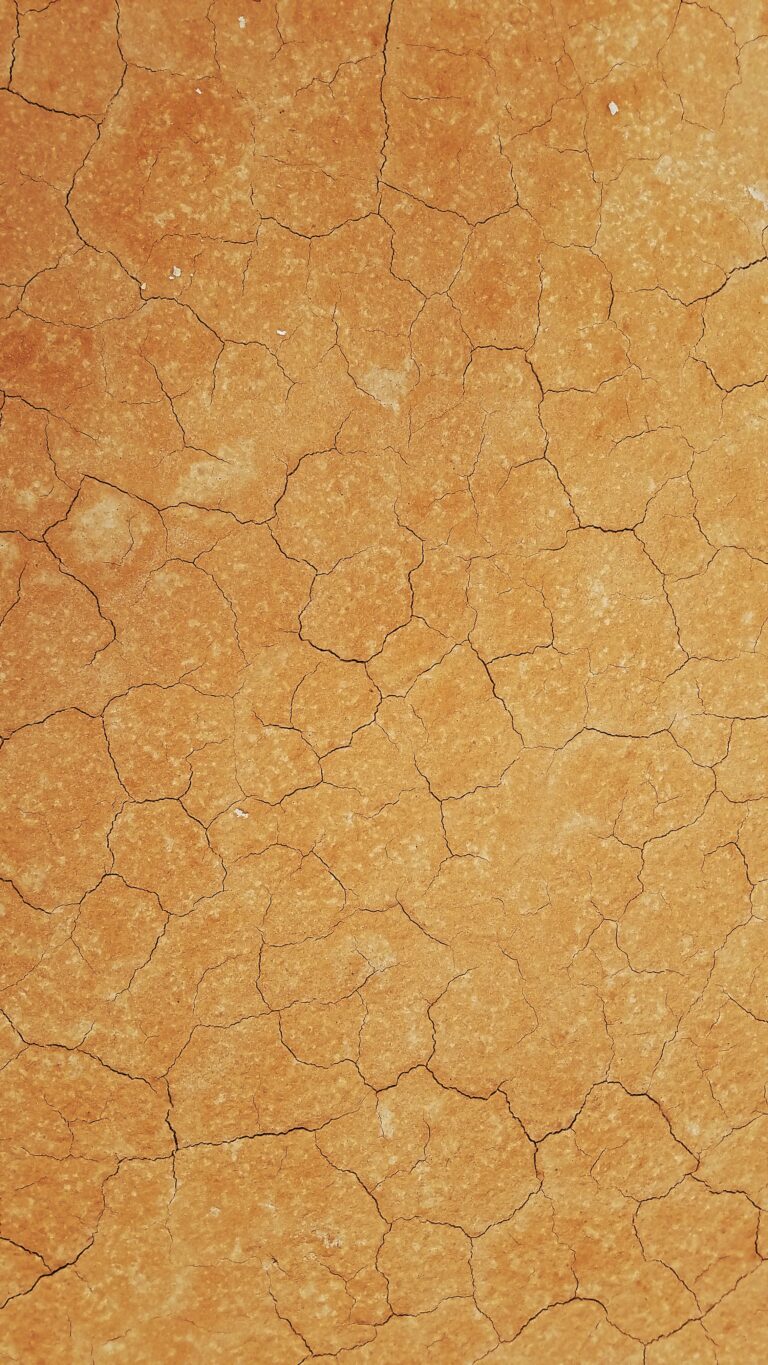
Moreover, the experiences of a gardening group in the rocky terrains of Colorado offer collective wisdom. Here, sedum enthusiasts employ a technique known as ‘lasagna gardening’—layering materials such as leaves, grass clippings, and pine needles atop the clay. This method soon yields a loamy topsoil that sedum plants adore. “It’s like creating a dessert for them,” laughs Maria, one of the group’s leaders. “Top it with mulch, and you’ve got yourself an ideal sedum paradise.”
These anecdotes illuminate a common thread: with a dash of creativity, a pinch of perseverance, and a good understanding of sedum’s requirements, the battle with clay soil can be won. So whether it’s through soil amendment, raised beds, or ingenious gardening hacks, the evidence is clear—sedum can not only grow in clay soil but positively prosper.
Frequently Asked Questions
Is your green thumb itching to learn if the sturdy sedum can tackle the challenge of clay soil in your garden? Let’s dig into the most common curiosities gardeners have when it comes to planting sedum in this heavy, compact earth.
Can sedum truly thrive in clay soil?
Think of sedum as the rugged, all-terrain vehicles of the plant world. Generally, they can adapt to a range of soil types – yes, including the dense and sometimes waterlogged clay soil. The key lies in ensuring proper drainage. Imagine you’re planting an off-road champion; it can handle the mud, but it still needs a path to navigate through. Elevate your sedum game by incorporating organic matter to lighten the soil structure, and you might just witness a garden spectacle as your sedum flourishes against the odds.
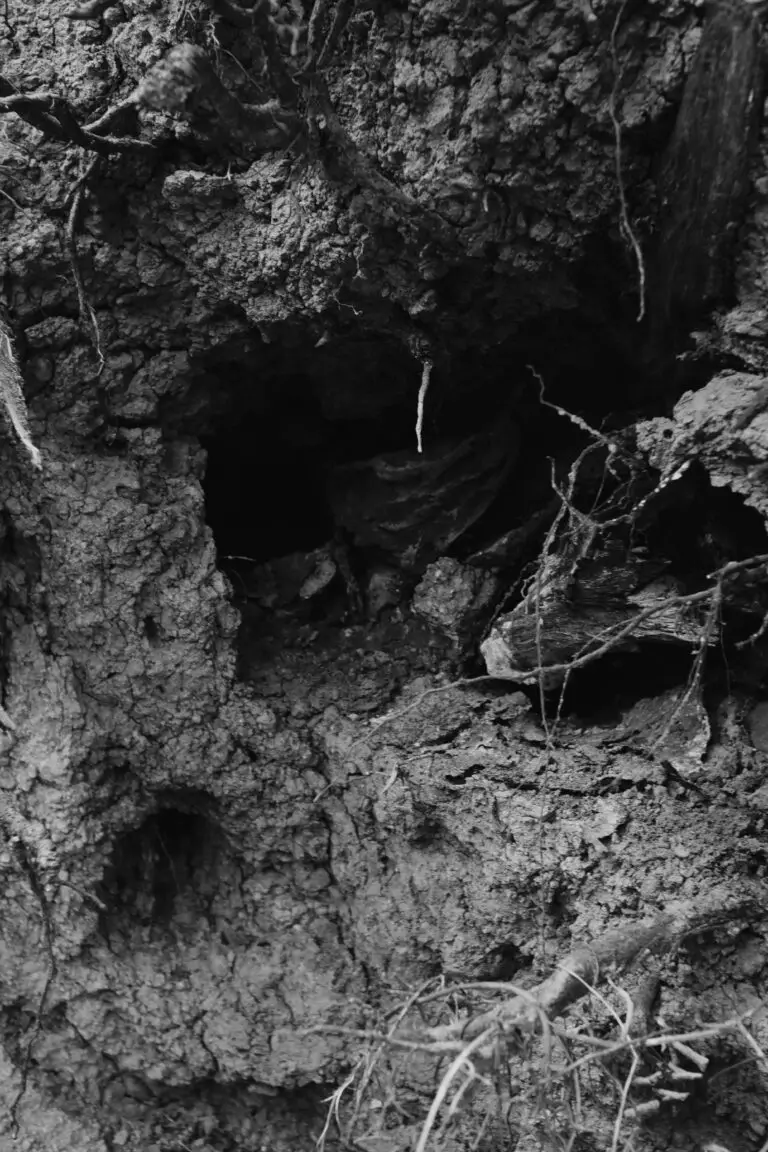
Are there specific sedum varieties better suited for clay soil?
Certainly! Just as athletes specialize in different sports, some sedum species are more clay-compatible. Take the Sedum telephium, for instance. Its robust nature makes it akin to a cross-country runner, adept at handling clay’s heavy lifting. Conversely, the dainty Sedum acre might resemble a sprinter on a muddy track — not quite as efficient. Researching and selecting the right sedum variety will be like recruiting the perfect player for your earthy team.
What preparation steps should I take to improve clay soil for sedum?
It’s all about groundwork. Like setting up a campsite before a storm hits, prepping your clay soil can make all the difference. Start by working in compost, leaf mold, or even gravel to break up the clay’s tight grip. Doing this creates a looser soil milieu akin to building a well-draining camp spot, ensuring your sedum doesn’t sleep with its feet wet. Don’t shy away from raised beds or mounds either — they’re the perfect high ground for your sedum to thrive.
How do I maintain sedum in clay soil to promote healthy growth?
Maintenance is key, much like tuning up your bike before a mountain trail. For sedum in clay soil, this means being careful with water. Overwatering can prompt a mudslide of problems in already moisture-retentive clay. Think about how water pools on a clay tennis court — it sits! So, water sparingly and allow the soil to dry in between, this will give your sedum’s roots the breathing room they need, just like a cyclist needs a clear path to victory.
Can poor drainage be mitigated to accommodate sedum in clay soil?
Absolutely! It’s all about innovation and intervention. Mix in some sand, compost, or organic material to create micro-tunnels, much like a network of subways under a bustling city. These tiny passageways will help water escape, instead of pooling around your sedum’s roots. Think of it as installing a drainage system in a rain-soaked park. With the right amending materials and some elbow grease, you can give your sedum the foundation it needs to stay high and dry, even when the surrounding soil feels like a squelchy marsh.



